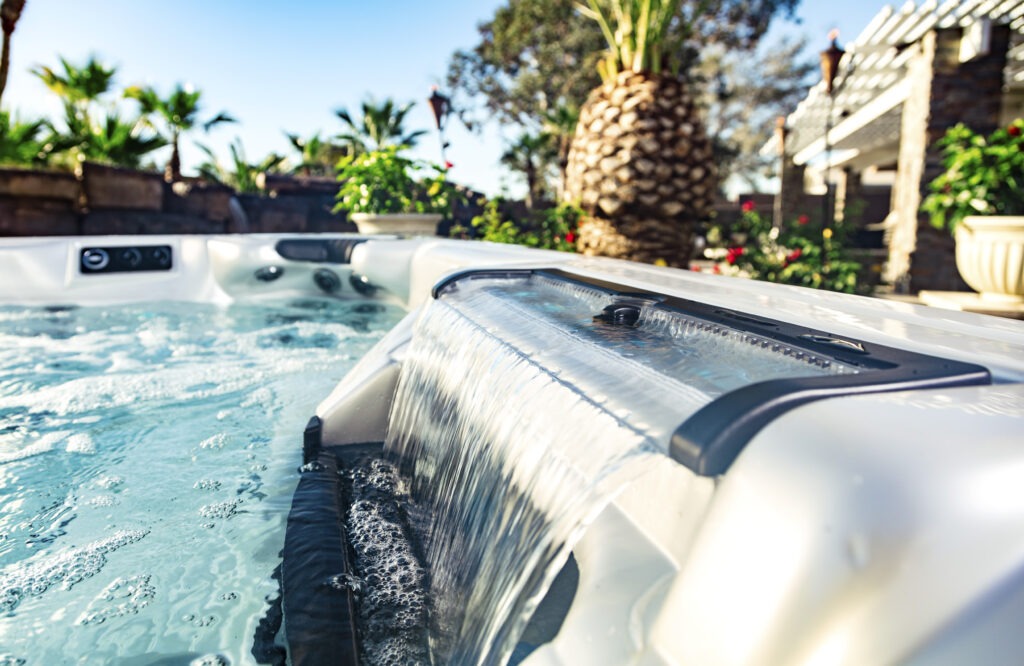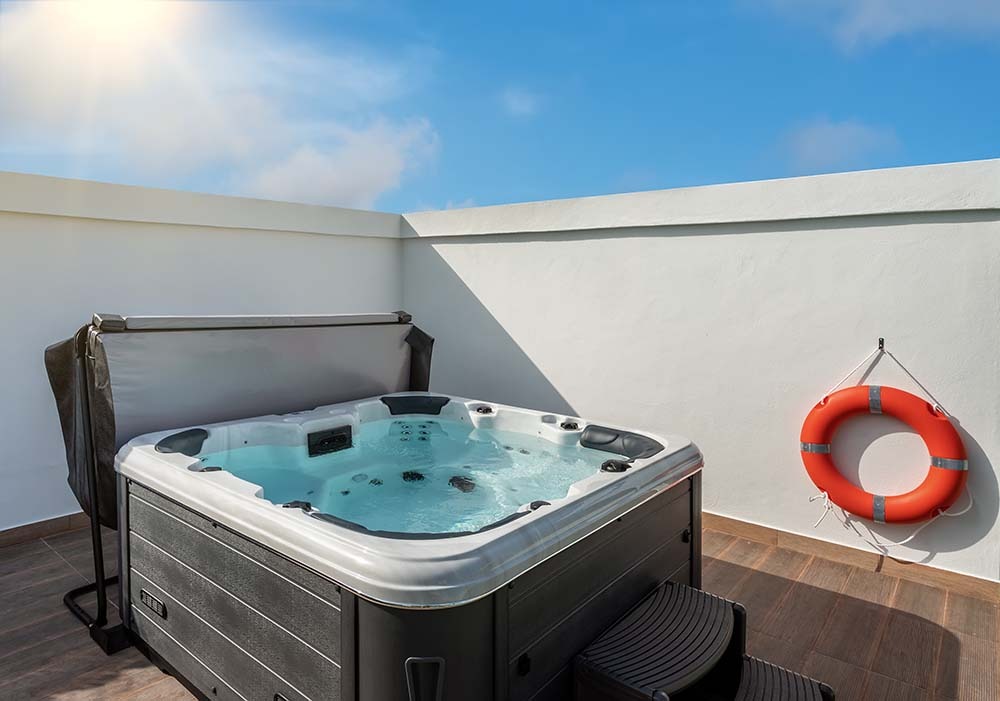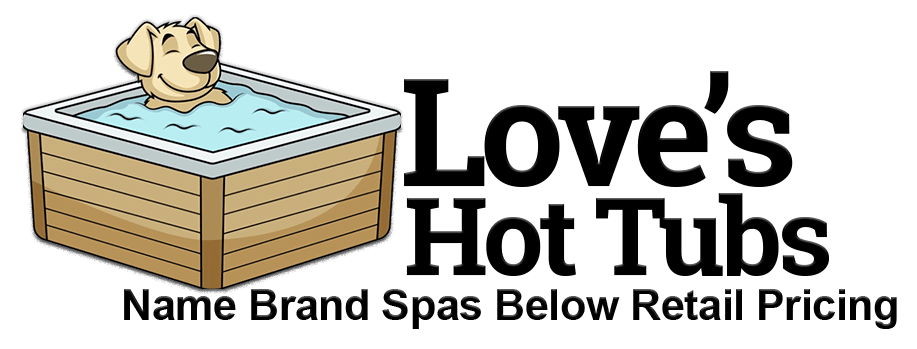Investing in a hot tub offers numerous benefits, from relaxation and stress relief to potential health advantages and increased home value. Hot tubs create a perfect setting to unwind after a long day, share quality time with loved ones, and even help alleviate muscle tension and joint pain. However, before making this significant investment, knowing what’s involved in selecting, purchasing, and maintaining a hot tub is essential. From choosing the right features to understanding maintenance needs, here’s a detailed guide to help you make the best decision and maximize your investment.
Purpose and Budget
Establishing your purpose and budget for a hot tub is a vital first step. The purpose will determine the hot tub’s design and features, while a well-defined budget ensures you get all the benefits and take advantage of key options.
- Purpose: Clarify why you want a hot tub and how you envision using it. If you’re looking for therapeutic benefits, consider models with advanced jet systems targeting specific areas of the body, like the lower back, shoulders, or legs. If your main goal is relaxation or family gatherings, you may prioritize larger seating capacity or comfortable lounge seats over high-end jet configurations. Social tubs often include features like cup holders, entertainment systems, and bench seating to enhance gatherings. Deciding on the purpose helps focus your choices and ensures you select a model that meets your needs.

- Budget: Budget planning goes beyond the initial purchase cost of the hot tub. Hot tub prices vary widely based on size, brand, and features, ranging from $2,000 for a basic model to over $20,000 for luxury options with custom features. In addition to the upfront cost, it’s essential to budget for installation, delivery, and site preparation costs, including foundation work, electrical wiring, and other essentials. Be mindful of ongoing expenses like electricity, water, and maintenance supplies, which can add up over time. Some hot tubs come with advanced insulation or energy-saving modes to help reduce operating costs.
- Brand and Warranty: Reputable brands often come with extensive warranties, which can be especially valuable if issues arise. Look for warranties that cover parts, labor, and structure. Researching the brand’s reputation for customer service and quality will also help you make a confident choice. Reading reviews from other owners can offer valuable insight into what to expect from a particular brand or model. Some brands offer extended warranties as an optional add-on, which can be worth considering if you want additional coverage.
- Maintenance and Additional Costs: A hot tub requires regular maintenance to keep it in good condition. Cleaning supplies, filters, water testing kits, and chemicals are just a few items to keep your hot tub in optimal shape. Investing in a cover is essential for reducing heating costs and keeping the hot tub clean when not in use. Some people choose to add water conditioning systems that make it easier to maintain balanced water chemistry, but these can be a bit more expensive.
By defining your purpose and budget early on, you can narrow down your options and ensure you get the most value from your investment. Taking time to evaluate these factors will also help avoid unnecessary expenses and make your hot tub experience as enjoyable as possible.
Location and Space
The space and location of your hot tub are critical factors that impact both enjoyment and safety. Choosing a spot that is accessible, safe, and stable will allow you to enjoy the hot tub without issues.
- Level Surface and Stability: Your hot tub must sit on a level and sturdy surface, capable of supporting its weight when filled with water and people. A concrete slab or reinforced deck is usually recommended for outdoor setups. Uneven surfaces can lead to issues like water imbalance and can even damage the hot tub over time. If you place the hot tub on a deck, verify that it can bear the load, as water-filled tubs are significantly heavier than they appear.
- Safety and Accessibility: When choosing the location, think about safety first. The area should be clear of obstacles like tree branches, overhanging wires, or low-hanging structures that could pose hazards. For winter access, ensure the path to the hot tub is safe and free from icy surfaces. Adding slip-resistant mats or handrails near the hot tub’s entrance can further improve safety.

- Space for Movement and Accessories: When selecting a location, consider the amount of space needed not only for the hot tub itself but also for steps, a cover, and any additional accessories. If you want to create a small relaxation area nearby, allow room around the hot tub for comfortable movement, maintenance access, and seating.
- Privacy and Ambiance: Privacy is an essential factor, especially if you intend to use the hot tub to unwind after a long day. Positioning the hot tub in a secluded area or using privacy screens, plants, or a gazebo can enhance the experience. Additionally, consider the area’s ambiance, including views, lighting, and landscaping. A well-chosen location can turn your hot tub area into a private retreat.
Proper planning of your hot tub’s location and space considerations will ensure that it’s safe, accessible, and inviting, creating a peaceful and comfortable area for relaxation and social gatherings.

Size and Capacity
Selecting the right size and capacity for your hot tub is essential for both comfort and efficiency. The ideal size will depend on your usage needs, space availability, and energy considerations.
- Number of People: Consider how many people will regularly use the hot tub. For solo or couple use, a smaller model with 2-3 seats may suffice. If you plan to entertain friends or family, a larger model with 5-7 seats is a better option. Larger hot tubs often include a variety of seating styles, including reclined or contoured seats, for a more versatile experience.
- Space Availability: Verify that your selected location can accommodate the hot tub’s size, considering additional space for equipment, steps, and access. Hot tubs also require a certain amount of clearance around them to make installation and maintenance easier. A square or round model may be more practical than an elongated design if you’re working with limited space.
- Comfort and Features: Comfort should be a primary consideration when selecting a size. Try out the seating in various hot tub models to find one that offers adequate legroom and ergonomic support. The depth of the hot tub also impacts comfort, particularly for those interested in deeper soaking. Additionally, check the placement of jets to ensure they target key areas for hydrotherapy.
- Energy Efficiency: Larger hot tubs tend to require more energy for heating and maintenance, which can increase utility costs. Look for models with energy-efficient features like thick insulation, energy-saving heaters, and insulated covers. These features can help reduce electricity consumption and lower operating costs over time.
Choosing the right size and capacity will allow you to enjoy your hot tub fully while minimizing unnecessary costs. Whether you want a cozy setup for two or a spacious tub for entertaining, there’s a model to suit every need.
Features and Accessories
Today’s hot tubs offer many features and accessories designed to improve comfort, relaxation, and convenience. Here’s a look at some popular options:
- Massage Jets: One of the most sought-after features in hot tubs, massage jets offer targeted relief for sore muscles and joints. Different models vary in jet configuration and intensity, so if hydrotherapy is a priority, look for models with customizable jets that target specific body areas, like the shoulders, neck, or lower back.
- Lighting Options: LED lighting can enhance the ambiance of your hot tub, creating a calming and visually appealing experience, especially at night. Some models come with multi-color lighting that you can customize to suit your mood, while others offer underwater lighting for added depth and atmosphere.

- Sound Systems and Bluetooth Connectivity: Integrated sound systems allow you to enjoy music, podcasts, or guided meditation while soaking. Some hot tubs come with built-in speakers or Bluetooth connectivity, enabling you to stream from your device for a fully immersive experience.
- Waterfalls and Fountains: Adding a waterfall or fountain feature can bring a soothing, spa-like touch to your hot tub. The gentle sound of flowing water enhances relaxation, providing a multi-sensory experience that complements the therapeutic benefits of hydrotherapy.
- Cover Lifters and Steps: For convenience, a cover lifter helps make it easier to open and close the hot tub cover, preventing damage from improper handling. Steps with non-slip surfaces are essential for safe entry and exit, especially for individuals with mobility concerns.
- Ozonators and Sanitation Systems: To reduce the need for chemical sanitizers, some hot tubs include ozone generators, which produce ozone gas to help kill bacteria and other contaminants in the water. This can be an eco-friendly option that also minimizes the odor and harshness associated with traditional chemicals.
Selecting features and accessories based on your needs ensures a hot tub experience customized for relaxation and convenience. With options ranging from essential to luxury, creating a personalized setup is easy.
Maintenance and Upkeep
Regular maintenance is crucial for keeping your hot tub clean, safe, and functional. Here’s what you need to know to keep it in peak condition:
- Water Chemistry and Balancing: Maintaining balanced water chemistry is essential for keeping your hot tub clean and safe. Imbalanced water can cause issues like cloudy water, skin irritation, and damage to the hot tub components. Regularly test the water with a testing kit and adjust the levels of chemicals such as chlorine, pH balancers, and alkalinity adjusters as needed.
- Water Changes: Over time, your hot tub water can accumulate impurities that impact its clarity and quality. Changing the water every few months helps prevent these build-ups. The frequency of water changes can vary depending on usage, so make adjustments based on how often you use your hot tub.

- Filter Cleaning and Replacement: Filters trap debris, dirt, and contaminants, keeping your water clear. Clean your filters regularly by rinsing them with water, and replace them every 6 to 12 months, depending on wear and usage frequency.
- Professional Maintenance Services: Hiring a professional can be helpful for those unfamiliar with hot tub maintenance. Regular maintenance appointments allow professionals to inspect components like pumps, heaters, and seals, ensuring they’re in good working condition. Technicians can also help resolve chemical balance issues and other maintenance challenges.
Proper maintenance keeps your hot tub hygienic and extends its lifespan. Staying on top of these tasks will help you get the most from your investment and ensure an enjoyable, worry-free experience.
Safety
Safety should always be a priority, as hot tubs can pose risks if not used or maintained properly. Here are some essential safety considerations:
- Meeting Safety Standards: Choose models certified by reputable safety organizations like Underwriters Laboratories (UL) or the Canadian Standards Association (CSA). These certifications ensure the hot tub meets important safety criteria for electrical components and structural integrity.
- Adding Safety Features: Additional safety features, like covers and handrails, provide valuable protection and support. Covers prevent small children or pets from accidentally entering the water, while handrails offer stability for users getting in and out.

- Chemical Balance and Clean Water: Keeping your hot tub’s water clean and balanced is crucial for avoiding skin or eye irritation and ensuring the water is safe for use. Regular cleaning and filter replacement are essential for maintaining hygiene.
- Supervision: Always supervise children and pets around the hot tub to prevent accidents. Children should never be left unattended near a hot tub, even if the cover is on. Establishing rules and boundaries ensures a safe environment for everyone.
By prioritizing safety, you can enjoy your hot tub with peace of mind, knowing it’s a secure and relaxing space for family and friends.
Final Thoughts
Investing in a hot tub can transform your lifestyle by providing a dedicated space for relaxation, wellness, and socialization. To make this transformation possible, you must carefully consider essential factors such as purpose, budget, location, size, features, maintenance, and safety. With a well-chosen hot tub, you can enjoy its benefits for years to come, turning your backyard or patio into a personal retreat. For guidance and information or to explore our selection, contact Love’s Hot Tubs. We’re here to help you find the perfect hot tub that fits your needs and enhances your home and lifestyle.
“Things To Know Before Buying Your First Hot Tub” By Hot Tub Owner HQ
“8 Questions To Ask Before Buying A Hot Tub” By Amanda Prischak at Family Handyman

